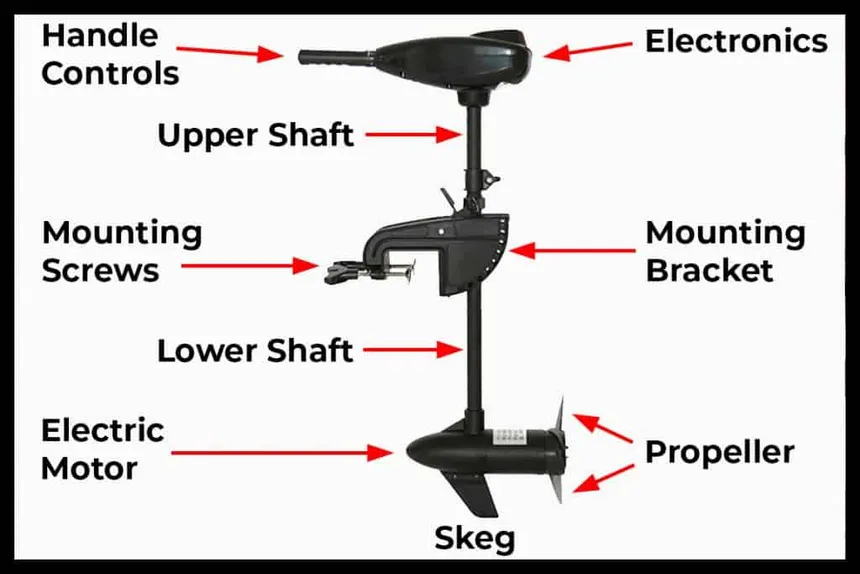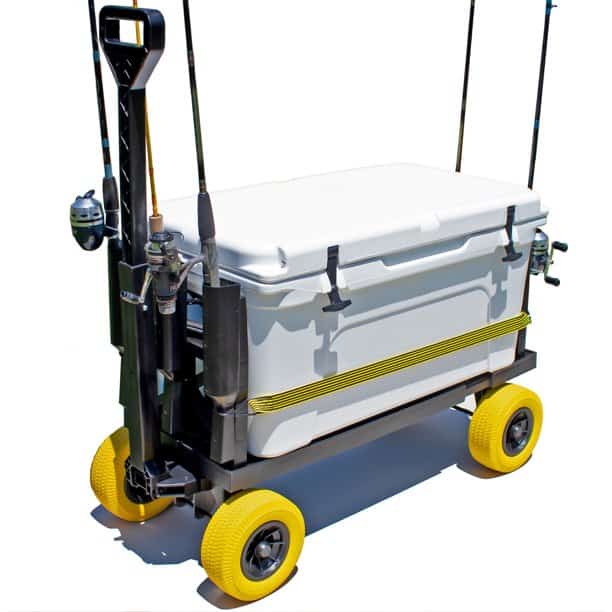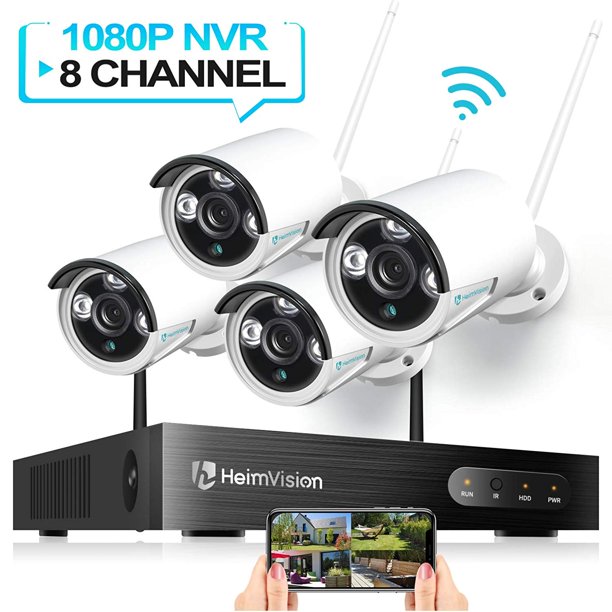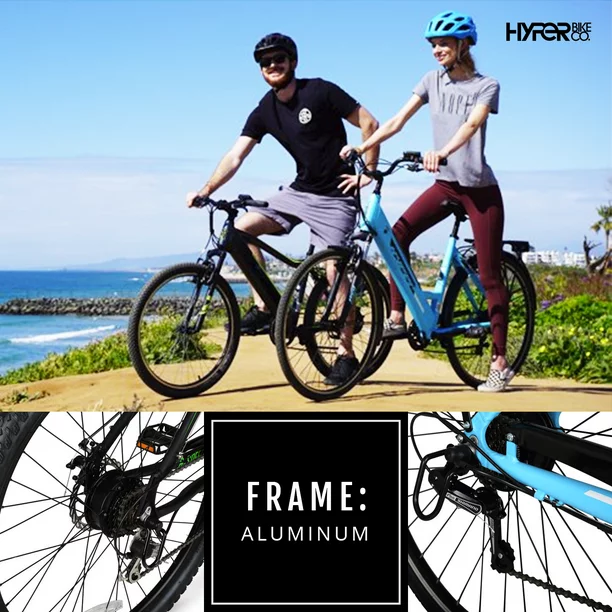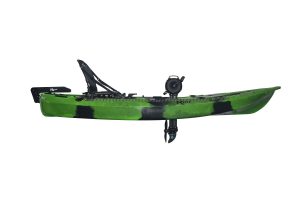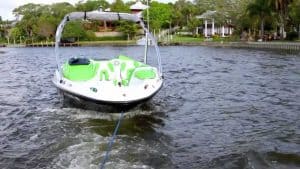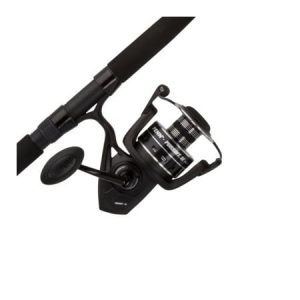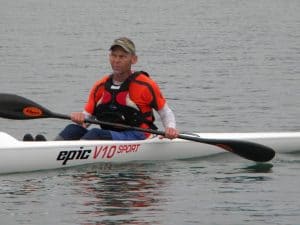Installing an electric trolling motor on your kayak can be a game-changer, opening up new possibilities for exploration and fishing. However, choosing the right method and ensuring proper installation are crucial for both safety and performance. Here’s a breakdown of the key factors to consider:
Mounting Methods:
- Transom Mount: This is the most common and straightforward option, especially for kayaks with built-in transom plates. It offers good stability and control, and is suitable for various motor sizes. However, it requires drilling into the hull, which might affect resale value and not be suitable for all kayak shapes.
- Side Mount: This method avoids drilling the hull, making it ideal for kayaks with limited transom space or unique shapes. It also allows for easier motor positioning and maneuvering. However, it can affect kayak stability, especially in rough waters, and installation can be more complex.
- Deck Mount: This offers the most flexibility in motor placement and control, but requires careful planning and installation to ensure proper weight distribution and stability. It can be more expensive due to additional hardware needed.

Installation Tips:
- Follow the manufacturer’s instructions carefully: Each motor and mounting system has specific instructions to ensure safe and proper installation.
- Use the correct hardware: Ensure you have the right screws, bolts, and other hardware compatible with your kayak material and chosen mounting method.
- Seal drilled holes: If drilling is required, use marine-grade sealant to prevent water leaks and corrosion.
- Test your setup: Before venturing out, test the motor and mounting system in calm waters to ensure everything functions properly and the kayak remains stable.
Performance Considerations:
- Motor size and thrust: Choose a motor with enough thrust to handle your kayak’s weight, wind conditions, and intended use.
- Battery life: Consider the battery capacity and your planned fishing or exploring duration.
- Steering system: Choose a system that is comfortable and allows for precise control of the motor.
- Weight distribution: Ensure the motor and battery are positioned to maintain proper balance and stability.

Best Ways to Mount a Kayak Trolling Motor
Mounting a trolling motor on your kayak opens up a world of possibilities for exploring and fishing further, but choosing the right method is crucial for both safety and efficiency. Here are the top ways to mount a kayak trolling motor:
Transom Mount:
- Pros: Most common and easiest to install, especially for kayaks with transom plates. Offers good stability and control. Suitable for various motor sizes.
- Cons: Requires drilling into the kayak, potentially impacting resale value. Might not be suitable for all kayak shapes.

Side Mount:
- Pros: Doesn’t require drilling the hull, preserving resale value. Great for kayaks with limited transom space. Allows for easy motor positioning and maneuvering.
- Cons: May affect kayak stability, especially in rough waters. Can be more challenging to install compared to transom mounts.
Deck Mount:
- Pros: Offers ultimate flexibility in motor placement and control. Suitable for kayaks with unique shapes or limited transom space.
- Cons: Requires careful planning and installation to ensure stability and weight distribution. Can be more expensive due to additional hardware needed.
Additional Considerations:
- Motor Size and Weight: Choose a mounting system that can handle the weight and thrust of your chosen trolling motor.
- Kayak Material: Make sure the mounting system is compatible with your kayak’s material (plastic, fiberglass, etc.).
- Budget: Transom mounts are generally the most affordable, while deck mounts can be the most expensive.
- DIY vs. Professional Installation: If unsure about installation, consider seeking professional help to ensure safety and proper functionality.
